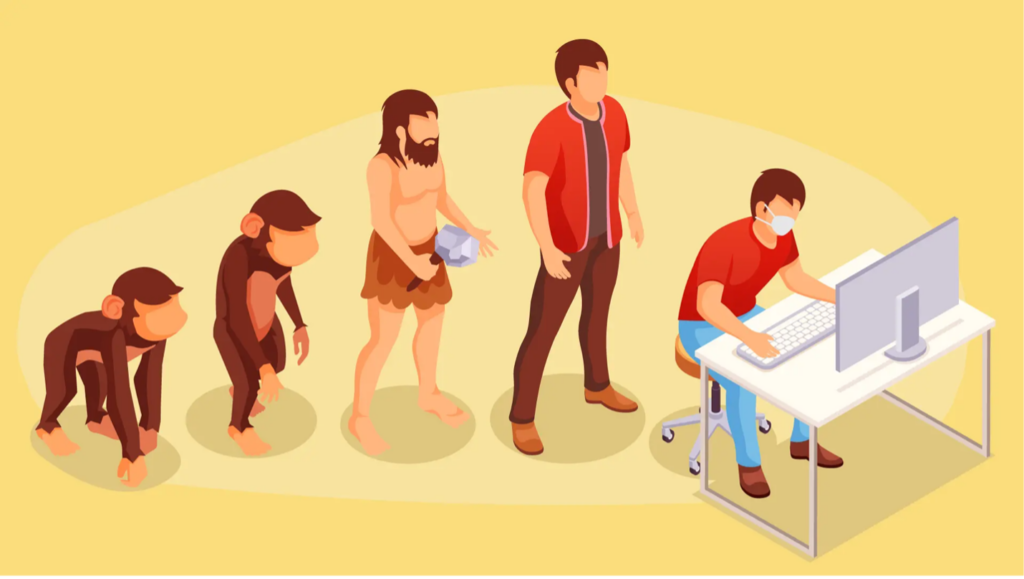In today’s market, graduate students may seek careers where they are tasked with evaluating policy issues and effectively communicating their results to policymakers and other stakeholders. Therefore, the Graduate Student Section (GSS) and Council on Food, Agricultural & Resource Economics (C-FARE) partner for the 4th Annual Policy Communications Competition. This competition provides graduate students with an opportunity to gain experience in both written and verbal policy communication.
Entries can be based on the graduate student's ongoing research. They should address a pressing, relevant policy issue relating to the 2024 Policy Communications Competition theme at the local, state, or federal levels.
2024 Competition Theme
The farm bill is a package of legislation updated by Congress every five years. As the 2018 Farm Bill expires in 2023, Congress has begun negotiating the next Bill. We identify five main topics from the USDA 2023 Budget Summary that tie into critical issues policymakers must consider when drafting the farm bill. These include:
- Farm Production and Conservation
- Trade and Foreign Agricultural Affairs
- Climate Change and Farmers
- Rural Development
- Food and Nutrition Security
Policy briefs for the 2024 Policy Communications Competition should relate to one or more of these five themes.
Objectives for Participants
- Evaluate a relevant agricultural, food, or resource policy issue relating to the 2024 Policy Competition theme at the local, state, or federal level.
- Provide written and verbal communication that addresses a policy-relevant research question clearly, and concisely.
Participant Eligibility
Graduate students must be a member of the GSS with a graduation date of Fall 2024 or later. They should be conducting research in agricultural economics, resource economics, regional development, or a related field.
Competition Information
The competition will consist of two rounds. Participants must submit a typed policy brief in the first round, not to exceed two pages (double spaced, 12-point font, including references, figures, and graphics). This document should summarize the background and current status of the issue, key facts (i.e., benefits and costs of government programs or project alternatives), findings, and conclusions. The participant's job is not to convince the policymaker to take a particular position or vote a certain way but rather to evaluate, gather, and present the necessary information to make an informed decision on the issue.
The second round of the competition will consist of an oral presentation by select finalists. Within the presentation, which is not to exceed 10 minutes in length, the student should detail the specifics of the policy issue and identify additional key facts and findings surrounding the topic. An effective presentation will complement the written policy brief and should be easily accessible for policymakers.
Preliminary Timeline
Friday, June 21, 2024: Registration and policy brief due
Friday, July 12, 2024: Finalists announced
Sunday, July 28, 2024: Finalists present at the AAEA Annual Meeting in New Orleans
Registration Information & Deadline
Applications should be submitted via the Qualtrics link below. Questions may be addressed to Roberto Koeneke (rkoeneke@ufl.edu) and must include:
- A cover page containing:
- Participant's name and contact information
- Mentor’s name and contact information
- The student's policy brief (2-page maximum).
Applications must be submitted electronically no later than midnight CT on June 21, 2024.
Link to Submit: https://ufl.qualtrics.com/jfe/form/SV_agV7zVWQU3gZbTM
Finalists at AAEA
Selected finalists will make a 10-minute presentation at the AAEA Annual Meeting in New Orleans on Sunday, July 21, 2024. The judges will evaluate presentations using a grading rubric shared with selected finalists. The selection of the finalists will be based on the material submitted and the criteria listed below. Finalists will be notified by July 12, 2024.
Criteria for Selecting Finalists
- The participant clearly defines the problem and discusses the feasibility of the policy ideas. The participant provides background and supporting research on the topic, including areas of government failures or unintended consequences, and addresses the proper target audience.
- The participant integrates knowledge and research from various sources and provides a clear, concise summary of the issue.
- The participant uses formal but non-technical language that is easily accessible to policymakers, and their brief is free of grammatical mistakes.
- The policy brief uses appropriate formatting (proper headings, length no more than two pages, proper citation, ordered appearance, etc.).
Awards
The top three competitors will be recognized at the AAEA Awards Ceremony and will be invited to present their work at a future C-FARE webinar (more details to come). In addition, the winner of Policy Communication will receive a plaque and a cash prize. The second and third-place competitors will receive certificates and cash awards. Cash prizes are as follows:
First place: $300
Second place: $200
Third place: $100


 Source:
Source:  Credit:
Credit: